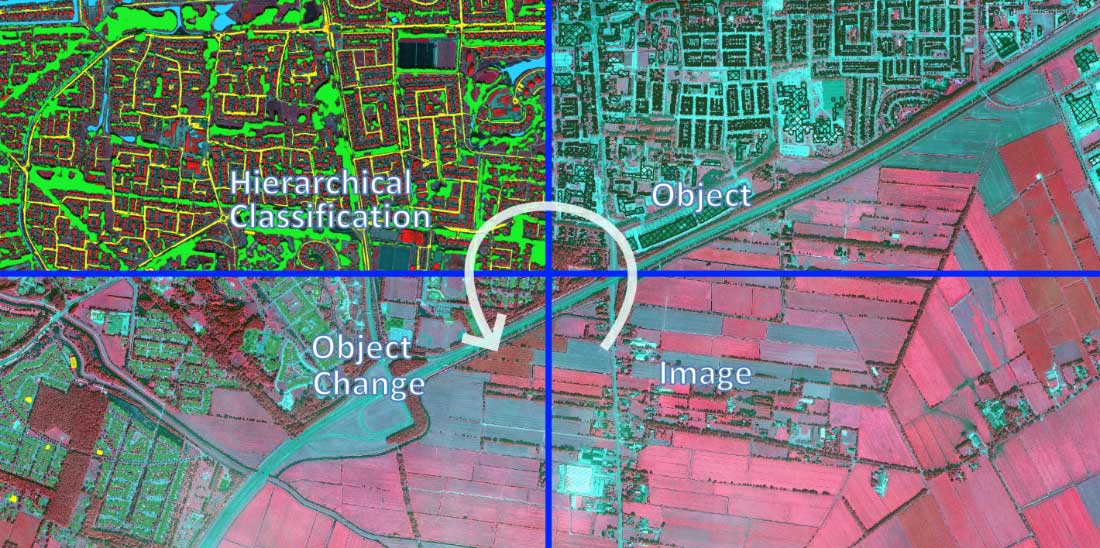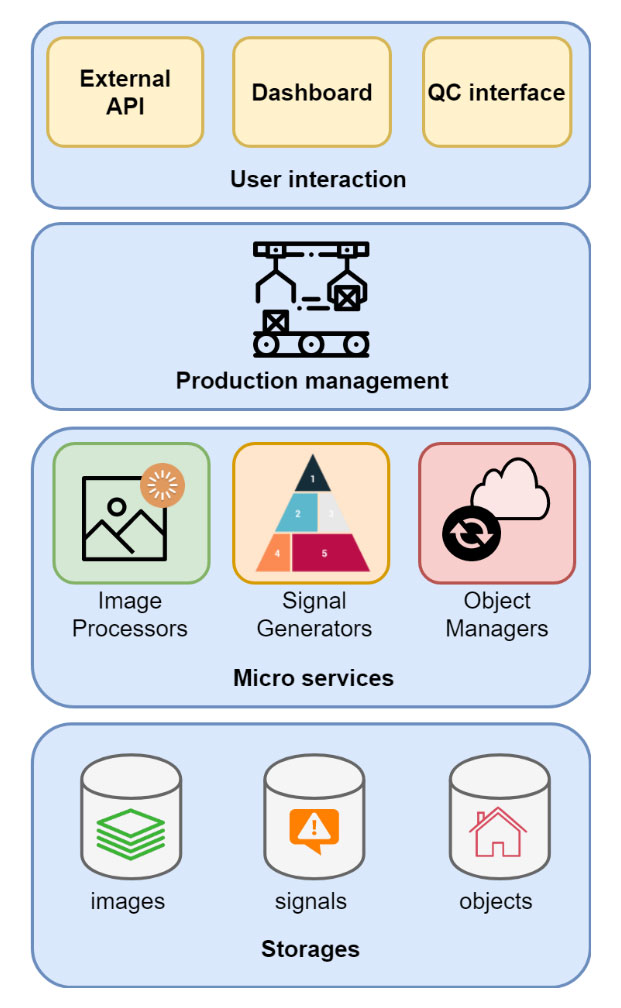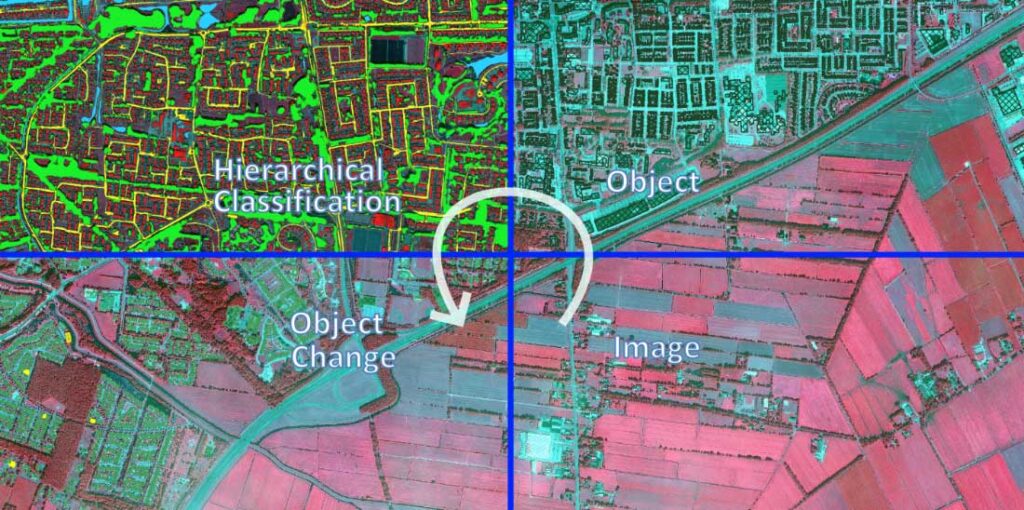Unibap was founded in 2013 to develop and commercialise technical solutions originating from university research projects on industrial automation, Artificial Intelligence (AI), image analysis and space systems. Using AI and robotics, Unibap offers innovative automation solutions to both small and large industry companies, as well as space enterprises that can be adapted to the all customers’ automation context.
The Uppsala-based company is also an ESA Business Incubator Centre Alumni.
On 6 April 2020, ESA selected Unibap’s proposal under the InCubed programme for enhanced software functionality and standardisation in Unibap’s SpaceCloud™ Services framework.
During the first phase of activities (April-December 2020), Unibap will expand the SpaceCloud™ framework with initial core applications to launch a data-driven business model for cloud services in space.
Unibap enables in-house or third-party application development for low latency data product generation within the SpaceCloud™ framework. This includes precision agriculture, crisis management, forest fire detection, oil spill and data communication.
Marketing activities will also be implemented to stimulate the creation of Application and Function modules within SpaceCloud™. This project expands further on Unibap’s previous product investments and machine learning on-board computer solution provided to NASA’s Hyperspectral Thermal Imaging (HYTI) mission.
To know more about it:
Activity page



